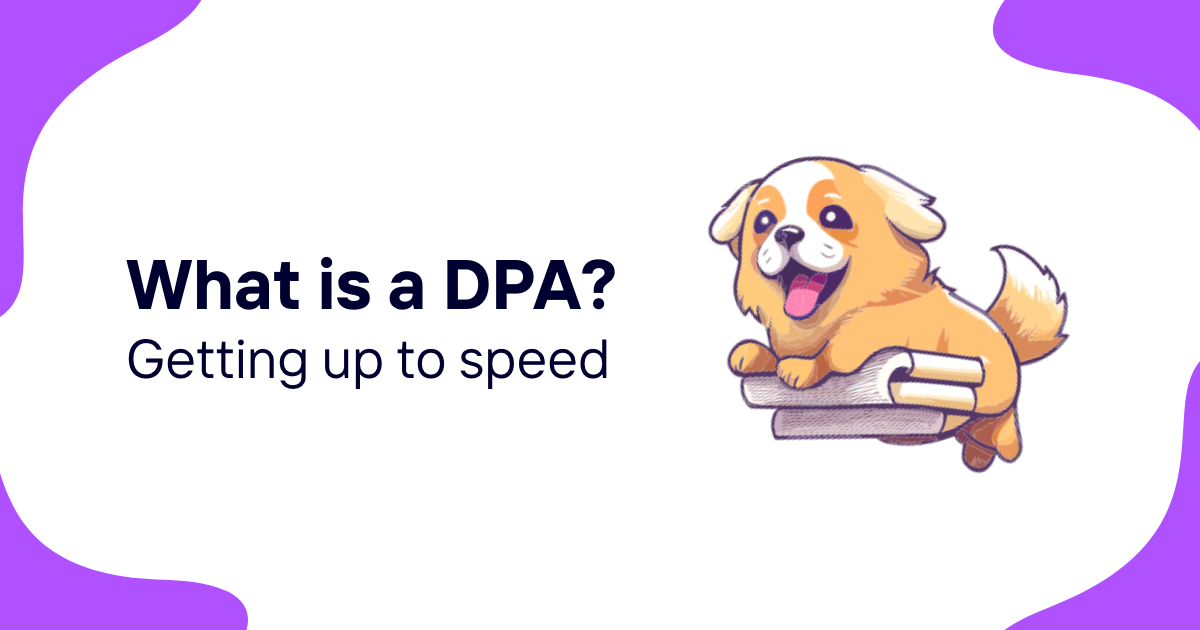In today's digital age, your online privacy is more important than ever. That's where cookie consent comes into play. It's that little pop-up you've seen on nearly every website, asking for your permission to collect data. But not all cookie consent notices are created equal.
Navigating through the myriad of cookie consent examples can be a bit overwhelming, right? Don't worry, you're not alone. Whether you're a website owner looking to comply with regulations or a curious user, understanding the nuances of these consents is crucial. Let's dive into some standout examples and what makes them effective, so you can stay informed and in control of your online experience.
Overview of Cookie Consent
In today's digital world, your online privacy is more crucial than ever. At the heart of protecting this privacy are cookie consent notices. These are not just simple pop-ups on websites but powerful tools that let you control how your personal information is shared across the internet. Understanding these notices can significantly improve your online experiences, making them safer and more tailored to your preferences.
When you visit a website, cookie consent notices are typically the first thing you encounter. They inform you that the site uses cookies to enhance your browsing experience. But here's where it gets interesting: not all cookies are created equal. There are essential cookies necessary for a website's functionality, and then there are tracking cookies, aimed at collecting data for advertising purposes. Your awareness and decisions at this point are pivotal.
The variations in cookie consent notices across websites can be bewildering. Some sites offer a detailed breakdown of cookie types, allowing you to opt-in or out of each category, while others present a simple accept or reject option. The key is transparency. Effective notices are those that clearly explain what cookies are being used for, who is collecting the data, and how it will be used.
As website owners grapple with legal requirements like the GDPR in the EU or CCPA in California, the evolution of these notices continues. Compliance is not just a legal obligation but a mark of respect towards user privacy. For users, understanding these nuances empowers you to make informed choices about the digital footprints you leave behind.
Taking the time to customize your cookie preferences might seem like a small step, but it's a giant leap towards reclaiming control over your online identity and experiences.
Importance of Cookie Consent

When you're navigating through the digital world, your privacy should always be a top priority. Cookie consent isn't just a regulatory requirement; it plays a pivotal role in protecting your personal information online. Understanding cookie consent is crucial for a safer browsing experience. Let's delve into why it's significant.
Firstly, it's about control and awareness. With cookie consent notices, you're informed about the types of cookies a website intends to use and how your data will be collected and used. This transparency is vital for trust and enables you to make informed decisions about sharing your personal information.
Legal compliance is another key factor. The digital landscape is governed by stringent regulations like the GDPR in the EU and CCPA in California. These laws mandate that websites obtain your consent before collecting or sharing your data. By adhering to these regulations, websites not only protect themselves from hefty fines but also assure you that they value and respect your privacy.
Moreover, cookie consent affects user experience. Websites use cookies to remember your preferences, login details, and browsing history, tailoring your experience to be more convenient and personalized. By managing your cookie preferences, you ensure that you receive a browsing experience that aligns with your privacy expectations.
Finally, it's about empowerment. In a world where digital footprints are constantly analyzed, being able to decide which aspects of your data can be collected and used empowers you to safeguard your digital identity.
In essence, cookie consent is not just a formality; it's a critical component of your online privacy and digital experience. As you continue to explore the significance of cookie consent, remember that your understanding and actions can significantly impact how your information is handled in the vast expanse of the internet.
Common Elements in Cookie Consent Examples

When you're exploring cookie consent examples, you'll notice they share a few common elements. Understanding these components is key to ensuring your website meets legal requirements and respects user privacy.
Firstly, clear information about what cookies are and how they're used is non-negotiable. Users should be able to easily grasp why cookies are essential, the types of cookies your site employs (like essential, functional, analytics, and advertising cookies), and the implications of accepting or rejecting them.
Next, user choice is a cornerstone of effective cookie consent mechanisms. This involves providing options for users to accept all cookies, reject non-essential cookies, or customize their preferences. This level of control is not just a courtesy; it's a legal requirement in many jurisdictions.
Also, visibility is crucial. Cookie consent notifications shouldn't be hidden away. They're typically displayed as banners at the top or bottom of the page, pop-ups, or as a side panel. The aim is to ensure that the notification is seen without being intrusive to the user experience.
An often overlooked but critical component is the easy accessibility to change cookie preferences at any time. A user may initially accept all cookies but decide later to adjust their preferences. Making this process straightforward, such as through a clearly labeled "Cookie Settings" section accessible from every page, enhances user trust and satisfaction.
Lastly, providing links to your privacy policy within the cookie consent notice offers an additional layer of transparency. It allows users to delve deeper into how their data is collected, used, and protected.
These elements form the backbone of any robust cookie consent strategy, ensuring compliance, promoting transparency, and fostering trust with your users. By incorporating these into your website's cookie consent mechanism, you're not just adhering to legal standards but also improving the overall user experience.
Standout Cookie Consent Examples

Exploring standout cookie consent examples can provide you with insights and inspiration on how to implement or improve cookie consent on your own website. Top-tier websites approach cookie consent not just as a legal requirement but as an opportunity to build trust and transparency with their users.
BBC and The Guardian are prime examples of sites that excel in this area. Both manage to blend clear information dissemination with user control seamlessly. They offer clear choices to Accept, Reject, or delve deeper into Settings to tailor preferences. This level of user control is paramount in creating a positive user experience.
When you visit the BBC’s website for the first time, you’re greeted with a consent banner that is both informative and unintrusive. It effectively communicates the purposes of the cookies it intends to use and provides a direct link to the website's privacy policy. The Guardian takes a similar approach but adds an educational twist by providing brief explanations about why cookies are necessary, enhancing user understanding and trust.
Another noteworthy example is Apple. Known for its dedication to user privacy, Apple’s cookie consent approach is as straightforward as you’d expect. With a focus on minimalism, it presents its cookie policy in a clear, concise manner, allowing users to easily accept or manage their preferences without overwhelming them with technical jargon.
| Website | User Control Options | Transparency Level |
|---|---|---|
| BBC | Accept, Reject, Settings | High |
| The Guardian | Accept, Reject, Settings | High |
| Apple | Accept, Preferences | Medium-High |
Incorporating these elements into your website’s cookie consent strategy not only meets legal standards but significantly improves the user experience. By looking at these examples, you can gain valuable insights into how to design a cookie consent notification that is both legally compliant and user-friendly.
Conclusion
Exploring the cookie consent strategies of industry leaders like BBC, The Guardian, and Apple has shown you the importance of clarity, user control, and transparency. These elements are not just about meeting legal requirements; they're about enhancing user trust and improving the overall experience on your site. By adopting these best practices, you're well on your way to creating a cookie consent notification that respects your users' preferences and builds a stronger relationship with them. Remember, a well-crafted cookie consent experience is a step towards a more user-friendly and trustworthy web presence.












